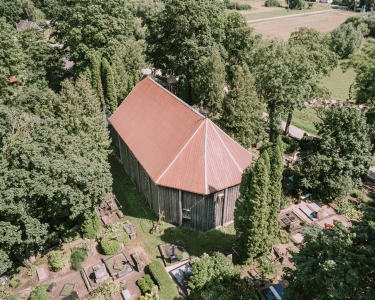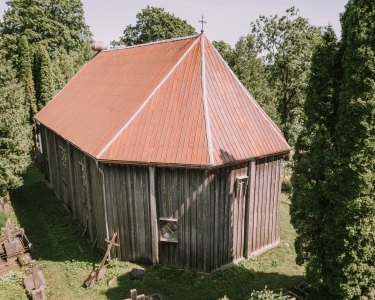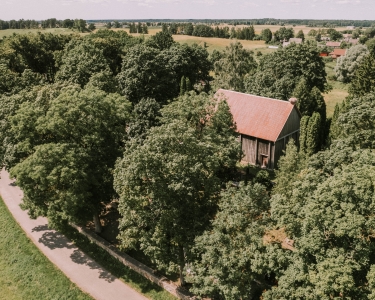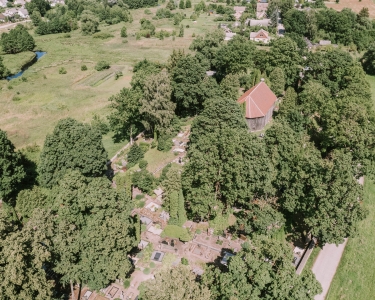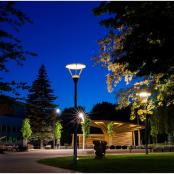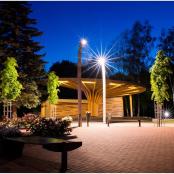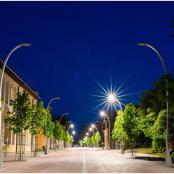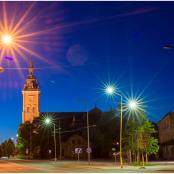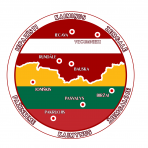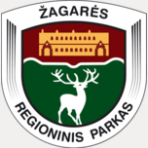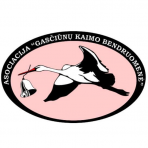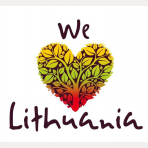Raktuvė Mound (Žagarė II Mound) and Chapel of the Saviour
Raktuvė Mound (Žagarė II Mound) is a national archaeological, historical and landscape monument (No. 23859). In the 13th century, the defensive Raktė Castle, first mentioned in historical sources in 1272 and known as one of the historical sites of the struggles between the Livonian Order and the tribe, stood here. In 1289 Raktė was burnt by the Commander of Heilingenberg (the Order's castle in Tervete) and has not been restored. Later on, Raktė Castle was no longer mentioned in historical sources; only in 1426, when the border between Livonia and the GDL was established, Raktė Hill is mentioned. Raktė Castle, as the first settlement in the area, can be traced back to the origins of Žagarė.
On the site of the Mound stands a wooden folk architecture building – the log Raktuvės cemetery Chapel of the Saviour – a historical and architectural monument of regional significance (No. 37595), which was built in 1796 to1801 in the cemetery of the parish. It is no longer used for Catholic purposes, and there is an exposition of cross-carving works and photographs Monuments of Sacral Blacksmithing in Žagarė. A small bell tower with a pillar structure is standing next to the chapel. Nearby is a state-protected stone chapel (No. 1359) with the inscription “To Commemorate the Jubilee of the Holy Year 1826” (to commemorate the victims of the plague of 1709 to 1711). Two state-protected monuments stand in the cemetery – the grave of priest Kazimieras Aleksandravičius (1823-1884), distributor of the forbidden Lithuanian press (No. 12520) and the grave of priest Adamas Paulauskas (around 1764-1843), author of religious books (No. 12519).
